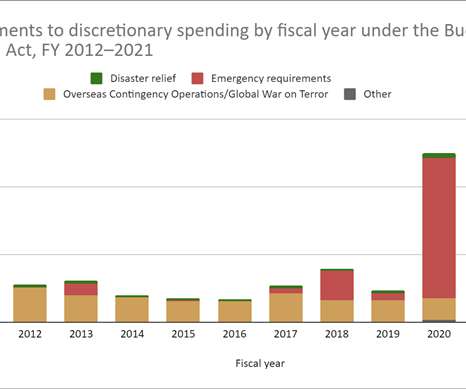Using Budget Principles to Prepare for Future Pandemics and Other Disasters
National Center for Disaster Prepardness
JANUARY 19, 2022
In my role leading the National Center for Disaster Preparedness at Columbia University’s Climate School, as well as through other positions, I have dedicated my career to fostering the impact of disaster research in the fields of policy and practice. Testimony Submitted January 16, 2022. By: Jeff Schlegelmilch, MPH, MBA.











Let's personalize your content